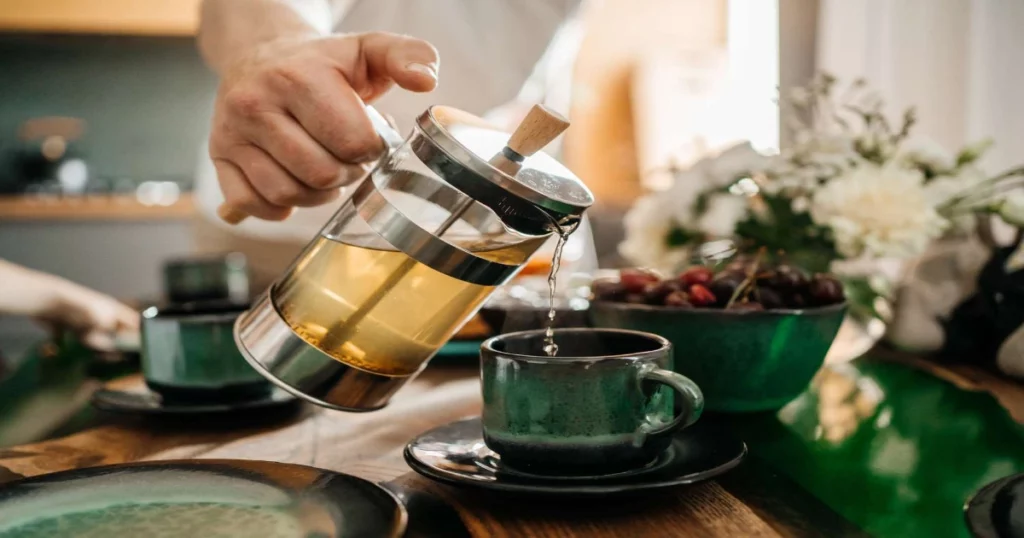No products in the cart.
Blog
How To Take Care Of Your Tea And Coffee Cups: Daily Maintenance Tips
Tea and coffee are staples in the daily lives of millions of people worldwide. Whether you start your day with a robust espresso or unwind in the evening with a soothing herbal tea, your choice of cup plays a pivotal role in your enjoyment of these beverages. However, maintaining the pristine condition of your tea and coffee cups can be a challenge.
This article will guide you through the reasons cups stain, the difficulty in removing those stains, and the best practices for care and maintenance of your tea and coffee cups.
Why Do Cups Get Stained?
Staining is a common issue with both tea and coffee cups. These stains are typically caused by tannins present in tea and coffee. Tannins are organic substances that contribute to the color, bitterness, and astringency of these beverages. When tea or coffee is poured into a cup, tannins adhere to the surface, especially if the cup is porous or has microscopic scratches.

Additionally, the heat of the beverages can cause the pores of the cup materials, such as ceramic or porcelain, to open up, allowing tannins to seep in more deeply. Over time, if not cleaned properly, these tannins accumulate, leading to stubborn stains that can mar the appearance of your cups.
Why Are Tea Stains So Difficult to Remove?
Tea stains are notoriously tough to get rid of due to the nature of tannins. These organic compounds form a bond with the cup material at a molecular level, particularly when exposed to heat. Furthermore, the longer a tea stain is left unattended, the harder it is to remove. This bonding is compounded by the porosity of the cup’s material, making the stains even more resilient against typical washing methods.
How to Take Care of Your Tea and Coffee Cups?
Proper care and maintenance of your tea and coffee cups can prevent the occurrence of stains and extend the life of your cups. Here are some effective strategies:
Rinse Or Wash Your Mugs After Using
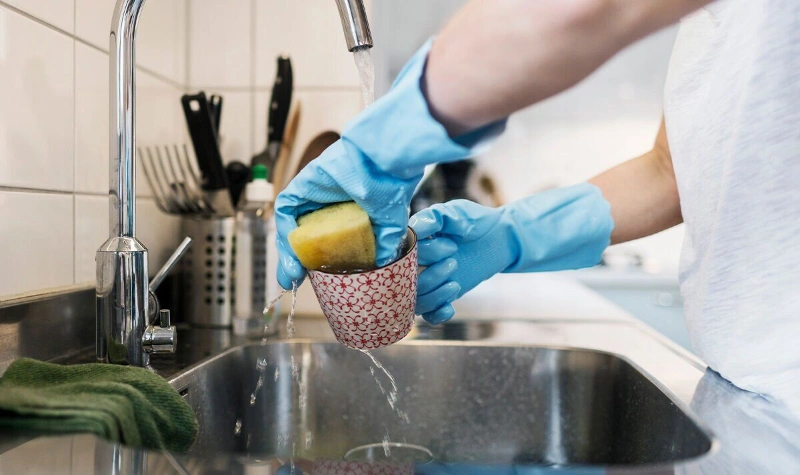
Promptly rinsing your mugs after each use can significantly reduce the risk of staining. This simple act prevents tannins from settling and hardening on the cup’s surface, making them easier to remove.
Clean Your Mugs Daily
A daily wash will not only keep your cups hygienic but also prevent the buildup of stains. Use warm water and a mild detergent, and scrub gently with a soft sponge or cloth to maintain the integrity of the cup.
Avoid Washing Cups With The Dishwasher
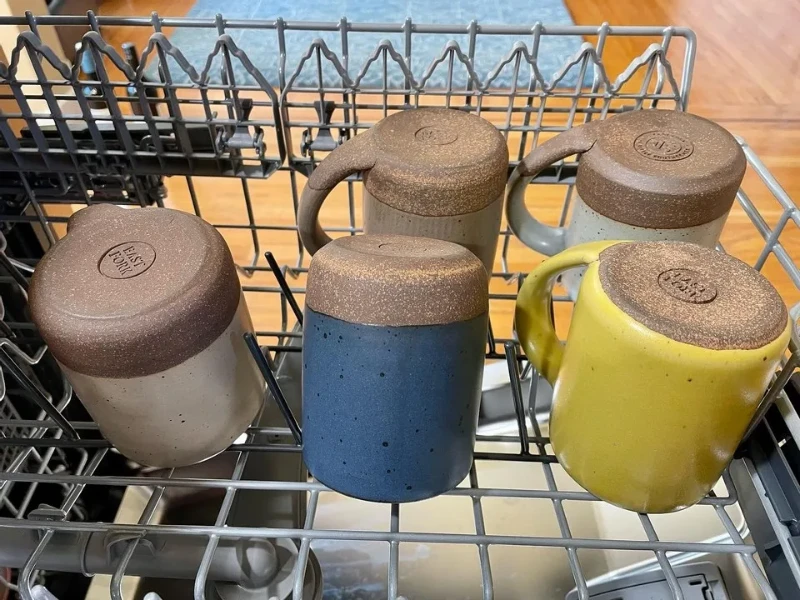
Dishwashers can be harsh on delicate tea and coffee cups, especially those that are hand-painted or adorned with metallic inlays. The intense heat and aggressive detergents can exacerbate wear and tear, leading to fading and increased porosity, which makes cups more susceptible to staining.
Avoid Leaving Drinks In The Cup For Too Long
Leaving tea or coffee in a cup for extended periods allows tannins more time to penetrate the cup material, making stains more difficult to remove. Always empty cups promptly after finishing your beverage.
How To Remove Tea Stains From Cups
Removing tea stains from cups can be a surprisingly challenging task. However, with the right techniques and some household ingredients, you can restore your cups to their original shine. Here are some effective methods:
Baking Soda

- Ingredients:
- 1 to 2 tablespoons of baking soda
- Water
- Instructions:
- Sprinkle baking soda directly onto the stained areas inside the cup.
- Add a small amount of water to form a thick paste.
- Scrub the paste using a soft sponge or cloth, focusing on the stained areas.
- Rinse the cup thoroughly with water to remove any residue.
- Tips:
- For stubborn stains, let the baking soda paste sit in the cup for 15-20 minutes before scrubbing.
- Regular cleaning with baking soda can prevent the buildup of stains over time.
Salt & Vinegar

- Ingredients:
- 1 tablespoon of table salt
- Enough white vinegar to make a paste
- Instructions:
- Combine the salt and vinegar in the cup to form a paste.
- Apply the paste to the stained areas and let it sit for 5-10 minutes.
- Scrub the stains gently with a sponge or cloth.
- Rinse the cup well with warm water.
- Tips:
- Vinegar is a natural disinfectant and can help eliminate odors along with stains.
- Be sure to rinse the cups thoroughly as vinegar has a strong smell.
Lemon

- Ingredients:
- 1 lemon
- Water (optional)
- Instructions:
- Cut the lemon into slices or wedges.
- Rub the lemon directly onto the stained areas inside the cup.
- Allow the lemon juice to sit for a few minutes.
- Rinse the cup with water and wipe it dry.
- Tips:
- Lemon not only removes stains but also leaves a fresh scent.
- For extra cleaning power, sprinkle a bit of salt on the lemon slice before scrubbing.
Denture Cleaning Tablets
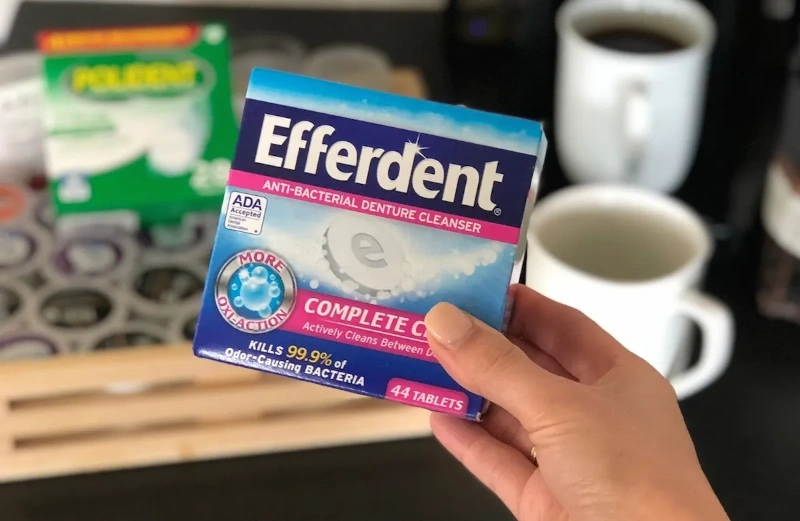
- Ingredients:
- 1 denture cleaning tablet
- Warm water
- Instructions:
- Fill the cup with warm water and add the denture cleaning tablet.
- Let the cup soak until the water cools down, usually about 30 minutes.
- Empty the cup and scrub lightly if any stains remain.
- Rinse thoroughly with clean water.
- Tips:
- These tablets are particularly effective for removing stubborn tea stains with minimal effort.
- Regular use can keep your cups stain-free.
Commercial Cleaners
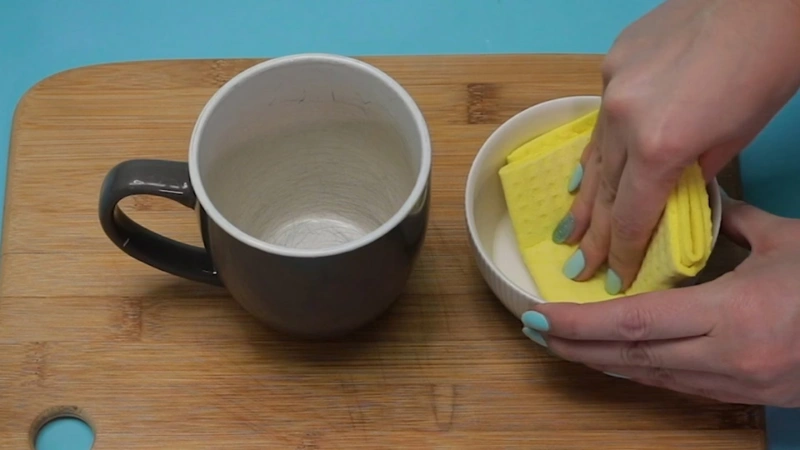
- Ingredients:
- Commercially available cup cleaner (follow the product’s guidelines for quantity)
- Instructions:
- Apply the cleaner according to the package instructions.
- Usually, this involves applying a small amount of cleaner to a wet sponge or directly into the cup.
- Scrub gently and then rinse the cup thoroughly.
- Tips:
- Always wear gloves when using chemical cleaners to protect your hands.
- Ensure the area is well-ventilated to avoid inhaling fumes.
How to Store Teacups?
Proper storage is crucial in maintaining the condition of your teacups. Store them in a dry, dust-free cabinet away from direct sunlight. Stacking cups can lead to scratches and chips, so consider using separators or stack them minimally. For teacups that are used infrequently, dust them occasionally to prevent any buildup and encase them in soft cloth bags for added protection.
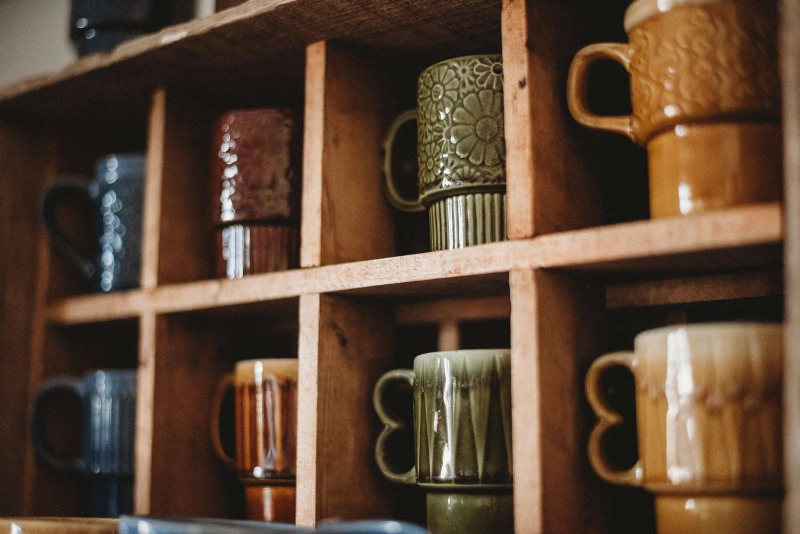
FAQs
Q1: Can I remove old stains from tea cups?
A: Yes, older stains can be removed using the methods described above, although they may require repeated treatment.
Q2: Is it safe to use bleach on coffee cups?
A: It is generally not recommended to use bleach on coffee cups as it can weaken the material and strip away any decorative elements.
Q3: Can these methods be used on all types of cups?
A: While these methods are generally safe for ceramic and porcelain cups, always test on an inconspicuous area first if you’re unsure, especially with delicate or antique cups.
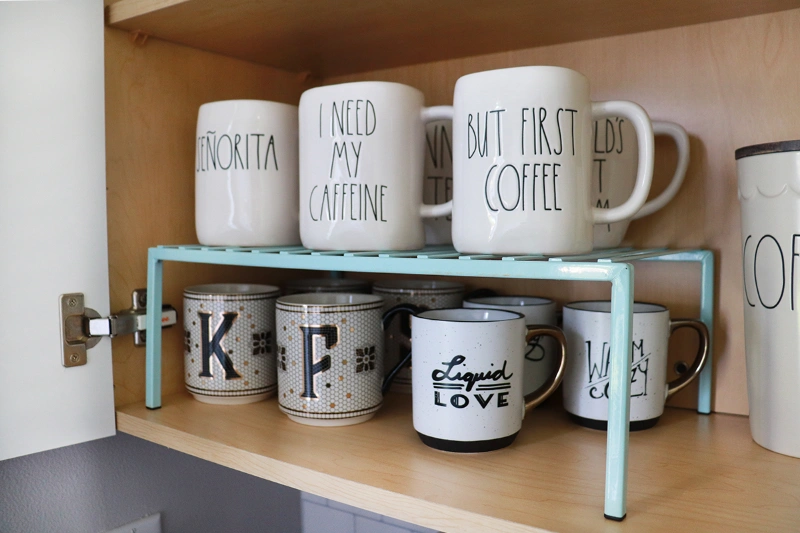
Conclusion
Maintaining the beauty and functionality of your tea and coffee cups doesn’t require extensive effort. With regular care, prompt cleaning after use, and the occasional deep clean for stubborn stains, your cups can remain a delightful part of your tea and coffee rituals for years to come. Remember, the key to keeping your cups pristine lies in understanding the nature of the stains and addressing them with the right techniques and tools.


